The Weka: New Zealand’s Curious and Resourceful Flightless Bird
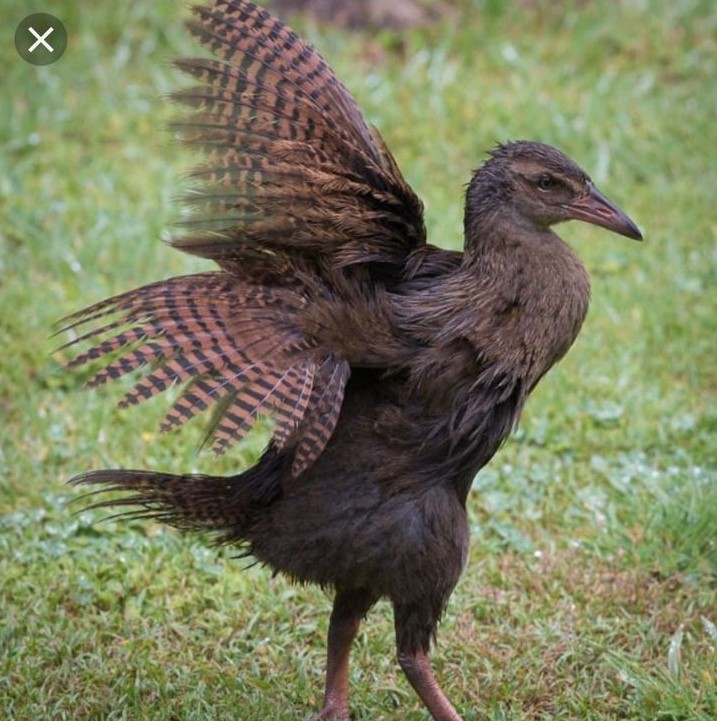
Nestled in the lush forests and grasslands of New Zealand, the Weka (Gallirallus australis) stands out as a curious and resourceful flightless bird. With its distinct appearance and intriguing behaviors, the Weka has captured the fascination of locals and visitors alike. Join us as we delve into the world of the Weka, exploring its unique characteristics and the important role it plays in New Zealand’s ecosystem.
The Weka is a medium-sized bird belonging to the rail family. It features a robust build, short wings, and a long, sturdy beak. Its plumage varies between individuals, with some sporting dark brown feathers while others exhibit a mottled or spotted pattern. These variations add to the charm and uniqueness of each Weka.
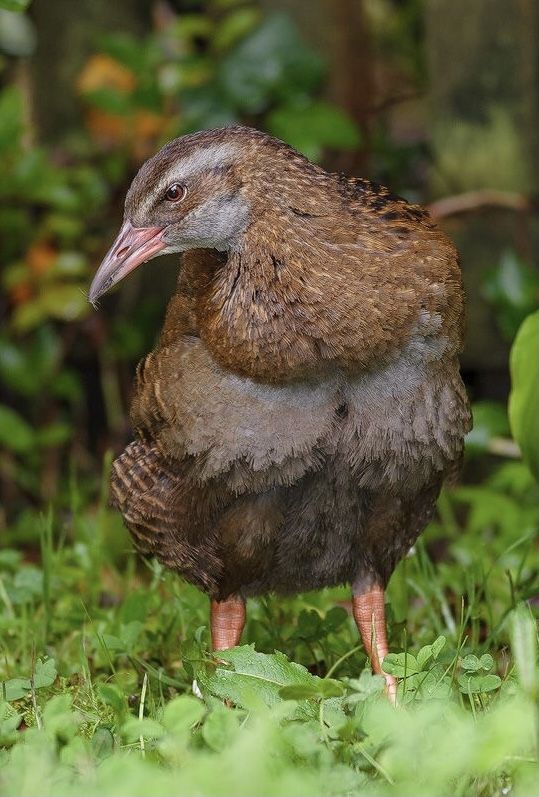
One of the most notable traits of the Weka is its inquisitive nature. These birds are known for their boldness and fearlessness around humans, often approaching visitors in search of food or investigating any objects left unattended. This behavior has earned them a reputation for being mischievous and opportunistic. However, it is essential to remember that they are wild animals and should be observed from a respectful distance.
The Weka’s resourcefulness extends beyond their curiosity. They are skilled foragers, using their strong beaks and sharp claws to dig through leaf litter, soil, and vegetation in search of insects, worms, seeds, berries, and small reptiles. Their adaptability to various habitats, including forests, grasslands, and coastal areas, has contributed to their survival and distribution across New Zealand.
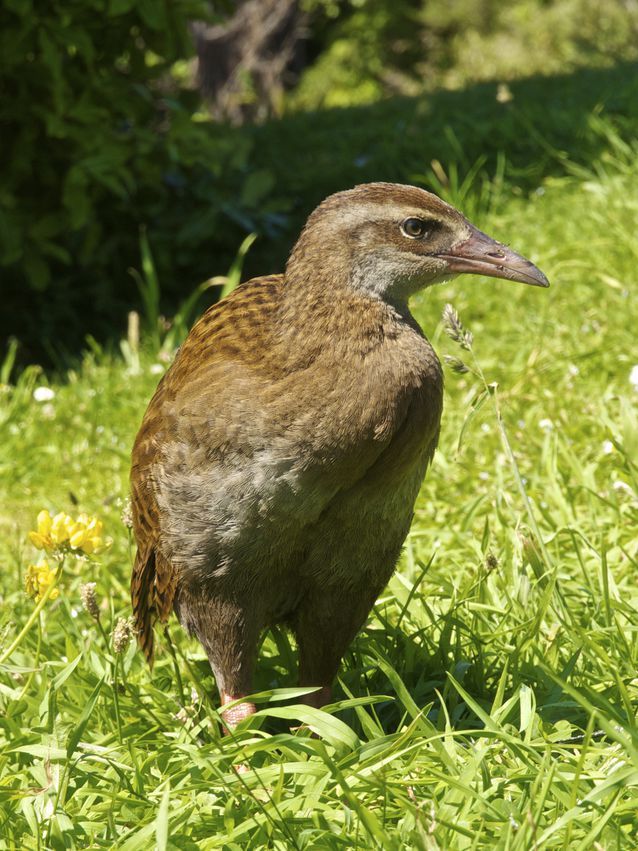
In addition to their foraging skills, Wekas are known for their distinctive vocalizations. Their calls range from sharp “kaa” sounds to melodious trills, which serve as territorial signals or communication between individuals. These vocalizations contribute to the vibrant soundscape of New Zealand’s wilderness.
The conservation status of the Weka varies among different regions and subspecies. Some populations have experienced declines due to habitat loss, predation by introduced mammalian predators, and hunting. However, concerted conservation efforts, including predator control programs and habitat restoration, have contributed to the protection and recovery of certain Weka populations.
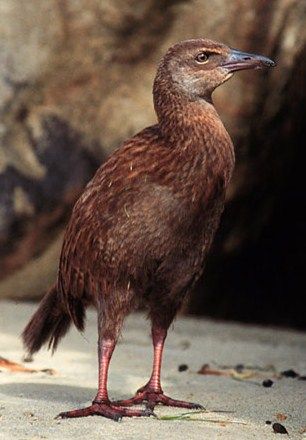
The Weka holds significant cultural and ecological importance in New Zealand. Māori mythology and folklore often mention the Weka as a clever and curious bird. Its presence in the native ecosystem helps with seed dispersal and nutrient cycling, playing a vital role in maintaining the balance of the natural environment.
To encounter a Weka in its natural habitat is to witness a unique and endearing aspect of New Zealand’s wildlife. Whether in the dense forests of the South Island or the coastal regions of the North Island, the Weka’s presence adds a touch of wonder to any nature enthusiast’s experience
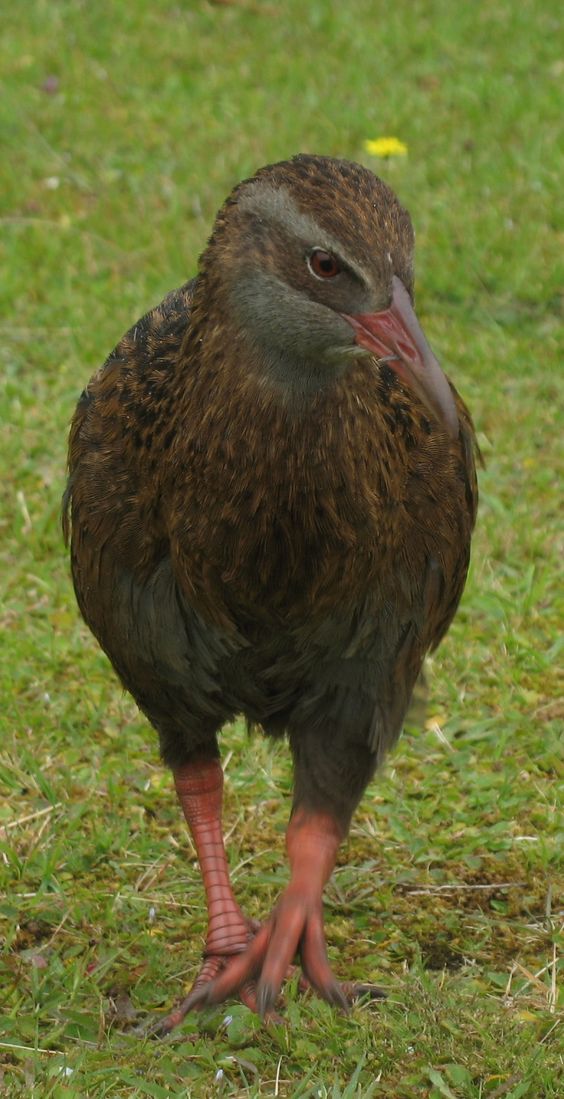
Respecting and appreciating the Weka’s habitat is crucial to its long-term survival. Visitors to New Zealand are encouraged to observe these birds from a distance, avoid feeding them human food, and support local conservation initiatives that aim to protect and preserve their natural habitats.
The Weka’s curious and resourceful nature, combined with its importance in New Zealand’s cultural and ecological landscape, make it a truly remarkable bird. By celebrating and safeguarding the Weka, we contribute to the preservation of New Zealand’s unique biodiversity and ensure that future generations can continue to marvel at the charm and adaptability of this beloved flightless bird.



